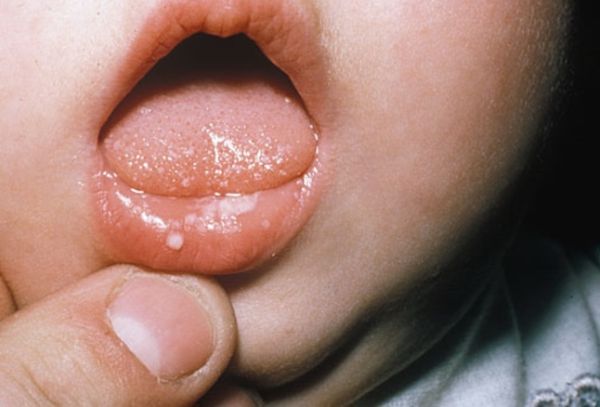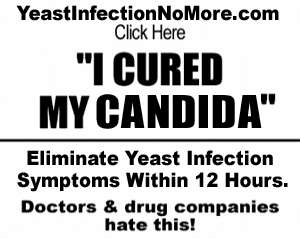If you’re a woman then you also have a yeast infection in your vaginal area.
Read on to better understand these jeopardy questions: “How long does it take for a yeast infection to go away on its own? Will my period flush out a yeast infection? What happens if you leave a yeast infection untreated?
Don’t be of the impression that only serious trivia buffs can answer. If you are going to approach these questions from a purely scientific way, then you get to know everything in step by step manner.
Do you know that Candida albicans is the most common yeast found in the human body?
This, in fact, is the real cause of most common yeast infections such as:
- diaper rash
- vaginal yeast infection
- certain kinds of diarrhoea
- yeast infection of the breast
- thrush
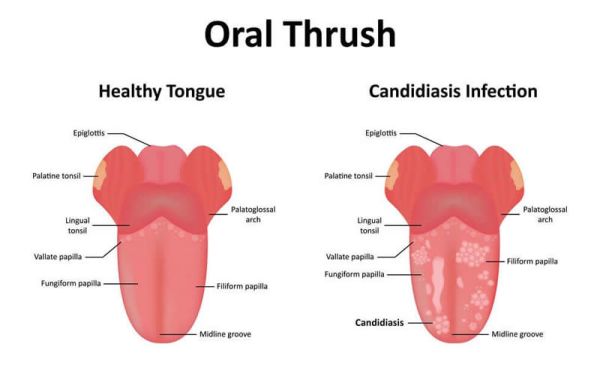
Yeast Infections are Very Common:
The two most common kinds of yeast infections are the persistent vaginal yeast infections (experienced by two out every three women) and oral yeast infection (also known as thrush).
Candida albicans is commonly found in the vagina, the colon, and on the skin. It is a part of the natural ‘community’, the millions of organisms that live in and on our bodies.
All yeasts are, in fact, a kind of fungus, which exist naturally as single-celled organisms in humans.
Yeasts are not inherently pathological. That is, they do not naturally cause any harm to a normal healthy body. In fact, in a healthy body, when Candida is in balance, it helps our immune system by controlling bacterial growth.
Incidentally, yeast and bacteria are in constant competition for the same space. When antibiotics kill off bacteria, both good and bad, Candida flourishes.
Candida becomes a problem only when—in a body whose system is not in balance—their numbers are no longer kept in check.
According to Tom Volk, an Associate Professor in the Department of Biology at the University of Wisconsin-La Crosse, USA, some alteration of the host’s . . . defences, physiology, or normal flora must take place before colonization [of Candida], infection, and disease production can take place. This phenomenon is known as “Candida Overgrowth“.
Candida overgrowth can produce toxins (poisons) that are associated with many diseases and health-related problems:
- allergies
- chemical sensitivities (a marked distaste for car exhaust, ammonia-based cleaners
- chronic fatigue syndrome
- digestive problems, weak digestion, poor nutrient assimilation
- emotional problems
- food cravings, food allergies
- gall bladder problems
- immune system problems
- skin problems
- thyroid problems
- unexplained weight loss
- viral infections
Important Signs To Ascertain Yeast Infection:
In order to cure a disease, you must first ascertain whether you got the infection or not. This is known only through observing signs and symptoms.
The same rule applies to yeast infection.
Yeast infection is a common problem in 75% of the women population. Yeast infection is not just limited to a certain area. It leads to many diseases in your whole body.
If you cannot detect yeast infection in the early stages, it might even lead to cancer. Why not ascertain yeast infection as early as possible by observing the following 3 important signs and symptoms:
Genital Itching:
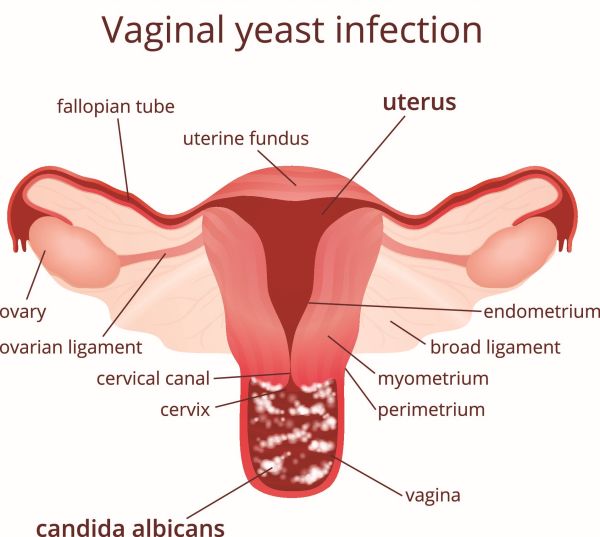
Both men and women can have this sign. In women, the infection can be easily observed surrounded vaginal area. The infection may be redness, sores, itching, pain, irritation, rash and dryness.
Odourless white discharge is another sign in yeast infection. In most of the cases, vaginal itching is the common symptom for yeast infection.
Burning Urination:
Burning sensation while passing urine is a typical sign for yeast infection in both men and women.
Sexual Problem:
Pain and burning sexual intercourse is a big problem for couples. With this, the partners feel neglected and lose interest in their daily activities.
Apart from these symptoms, there is a special craving for sugary foods. This is due to the fact that yeast grows in sugar environment. There is a sudden craving for sugar and related foods.
Bacterial Vaginosis: The Most Common Type of Vaginal Infection
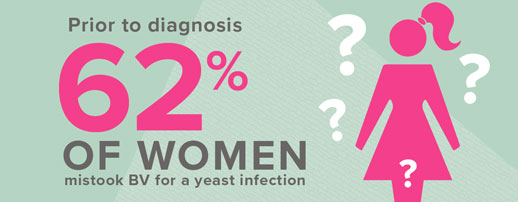
Bacterial vaginosis is different from Candidiasis.
Both bacterial vaginosis (commonly known as BV or vaginal odour) and yeast infections fall under the broad category of vaginal infections.
Incidentally, both bacterial vaginosis and vaginal yeast infections may have similar symptoms. However, the two conditions are not the same. They have different causes and thus require different treatment.
Are you looking to eliminate vaginal odor? The bad thing about unpleasant vaginal odour is it that it affects the personal lifestyle of an individual.
You may ask me how exactly the bacterial vaginosis looks like? It is nothing but inflammation in and around the vaginal area.
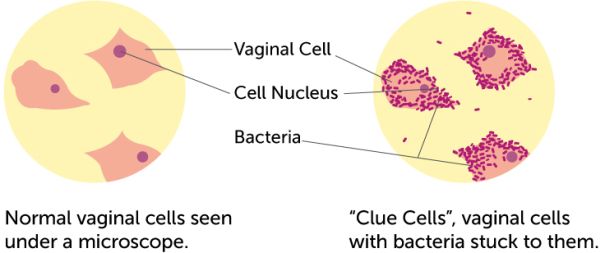
Typically, vaginal odour smells like “FISHY”. It mainly occurs because of infection in and around the vaginal area due to the overgrowth of anaerobic bacteria.
This is more prominently observed after sexual intercourse. You might be in a position that your partner feels the feminine vaginal odour and asks you the same. Then how shameful you feel it!
Higher Risk of Getting STIs, including HIV:
Having bacterial vaginosis can increase your chance of getting an STD and cause problems during pregnancy. In some cases, vaginal odour even disturbs your private life.
Vaginal odour is often characterized by symptoms like vaginal itching, vaginal discharge etc. Scientifically, this over-growth is termed as Bacterial Vaginosis. That’s ok, but how to eliminate vaginal odour once for all?
For the best results, natural home remedies are very much recommended. The advantage with the home treatment is that you can get them at a cheaper rate and above all, they are NATURAL.
Treat Bacterial Vaginosis (BV) without Antibiotics:
There are no known best ways to prevent Bacterial Vaginosis. However, following these easy tips may reduce your risk of bacterial vaginosis:
- Wash your private parts mainly vagina, lips and clitoral head with water. Do it daily. Use only water.
- Do not douche as it upsets the balance of good and harmful bacteria in your vagina.
- Avoid using strong soaps as they make the situation worse.
- Don’t wear tight underwear or pants. Wear plain cotton lingerie. Avoid synthetic undergarments.
- Don’t use commercial pads as they make your groin warm and moist.
- Eat probiotic yogurt containing Lactobacillus acidophilus. Drink lots of water.
- Don’t forget to change tampons or pads frequently during menstrual periods.
There are many over-the-counter antifungal drugs available in the market. But I don’t advise my clients to use such harmful chemicals for bacterial vaginosis treatment.
Sometimes, bacterial vaginosis will go away without treatment. However, do understand that treatment may also reduce the risk for some STDs.
Want to know the perfect solution for all yeast infection problems, then visit Yeast Infection No More.
Testimonial:
“Hi, I was suffering from Bacterial Vaginosis for more than 5 years. I didn’t even share it with my husband and kept it secret. After following your advice, the vaginal odour was gone. Thanks.”
— Ashley Mendes (Texas, USA)

